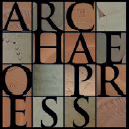
Publishing Scholarly Archaeology since 1997
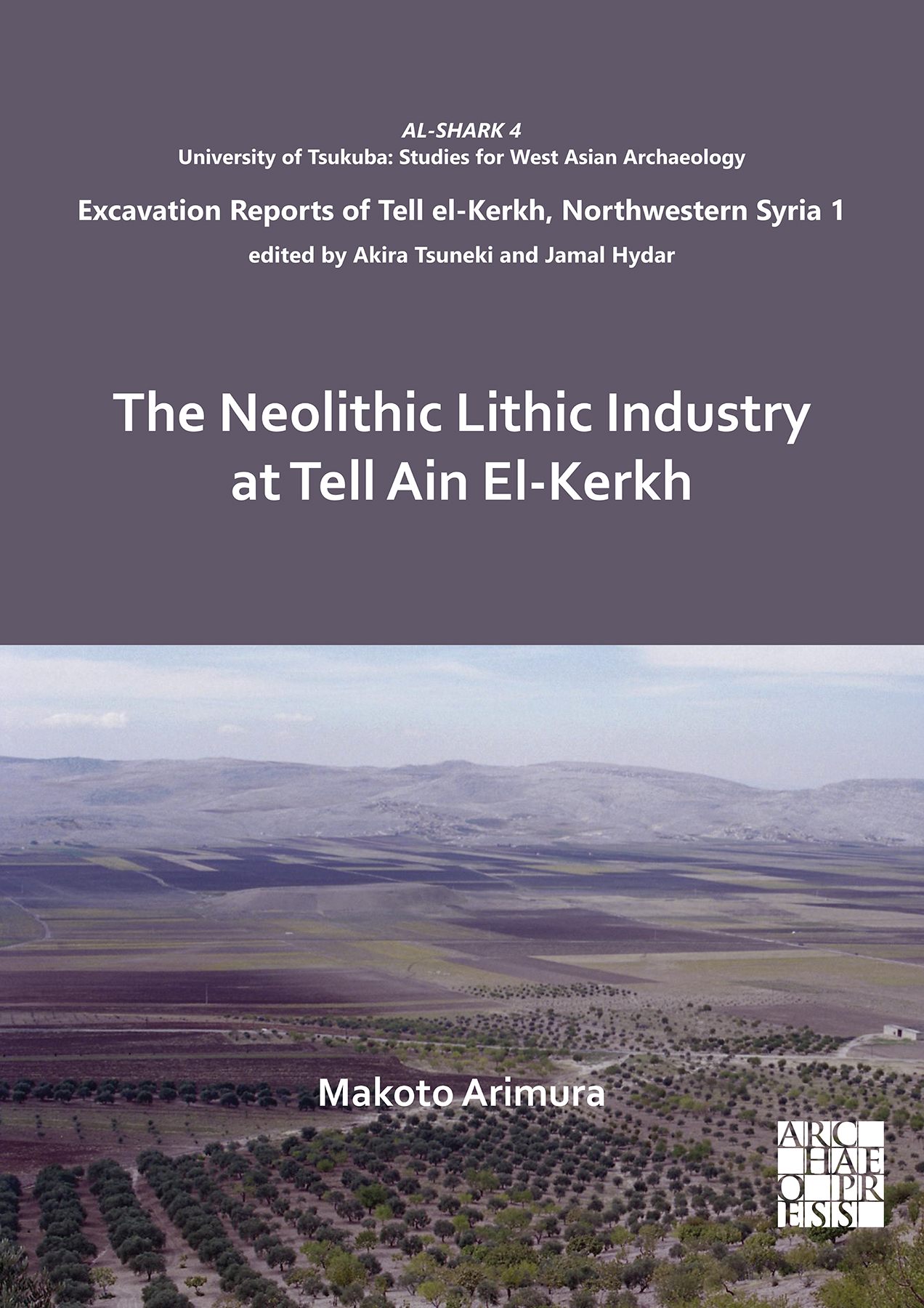
Download Sample PDF
H 290 x W 205 mm
388 pages
158 figures, 192 tables, 132 plates
Published Apr 2020
ISBN
Paperback: 9781789694567
Digital: 9781789694574
Related titles
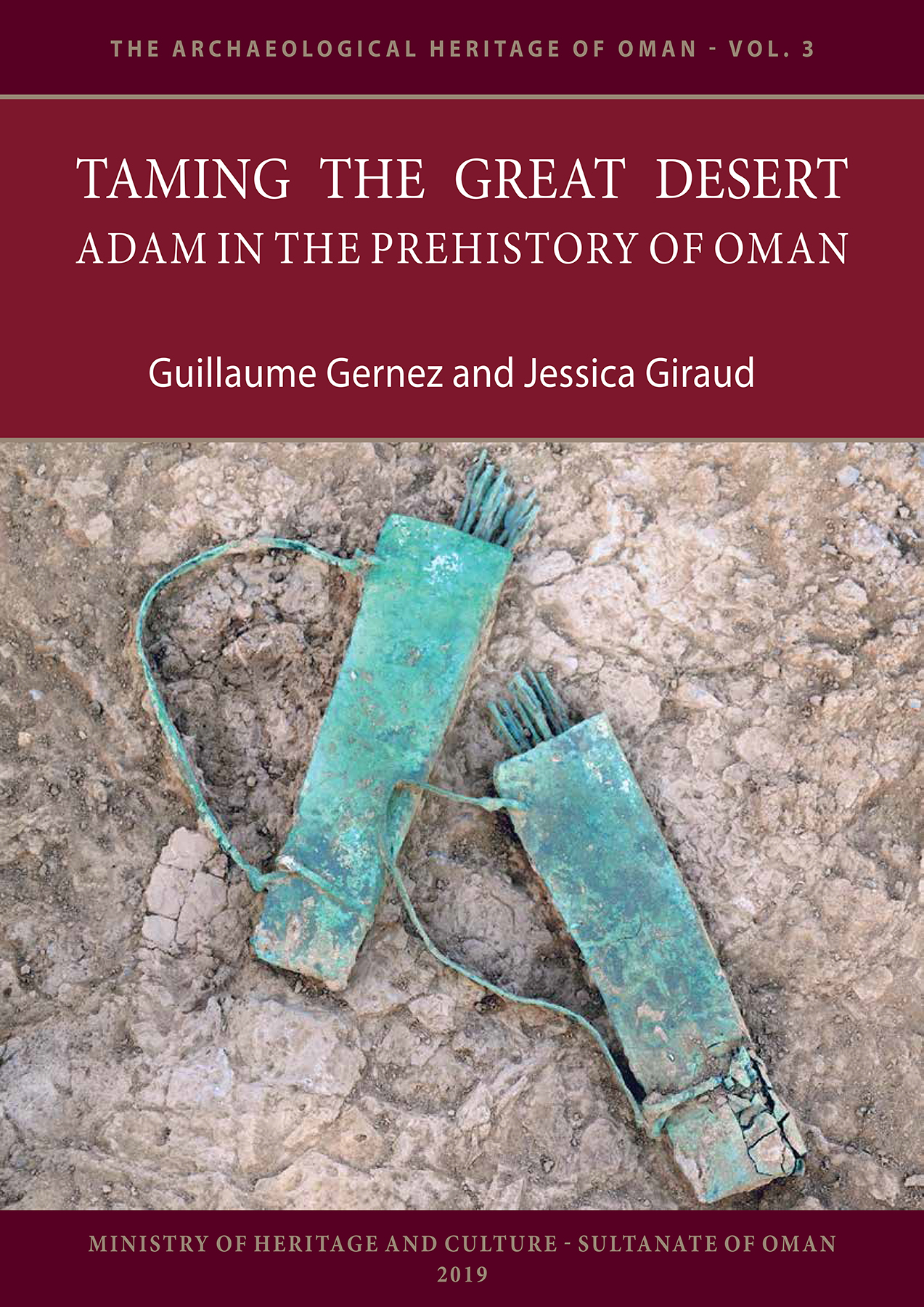
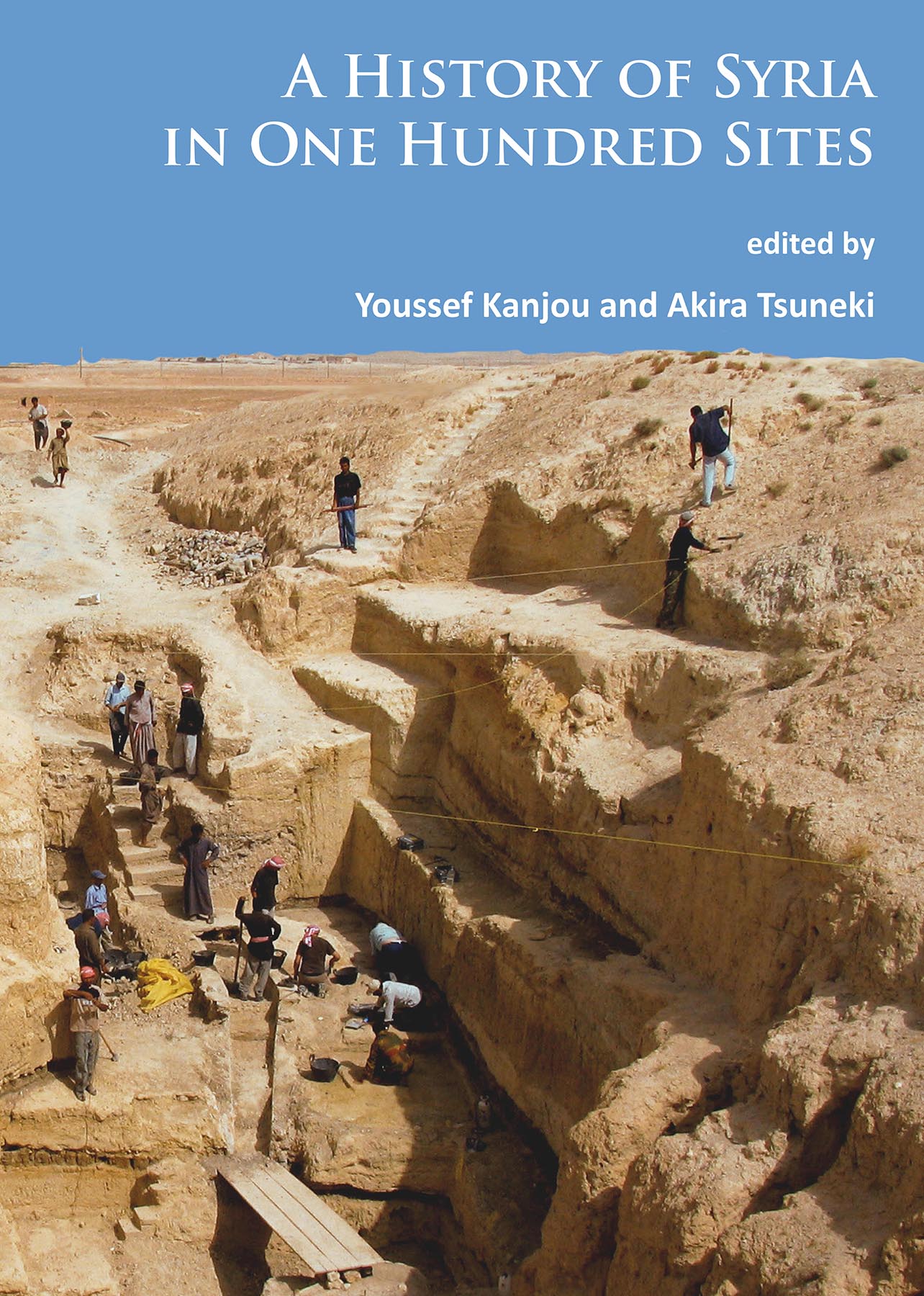
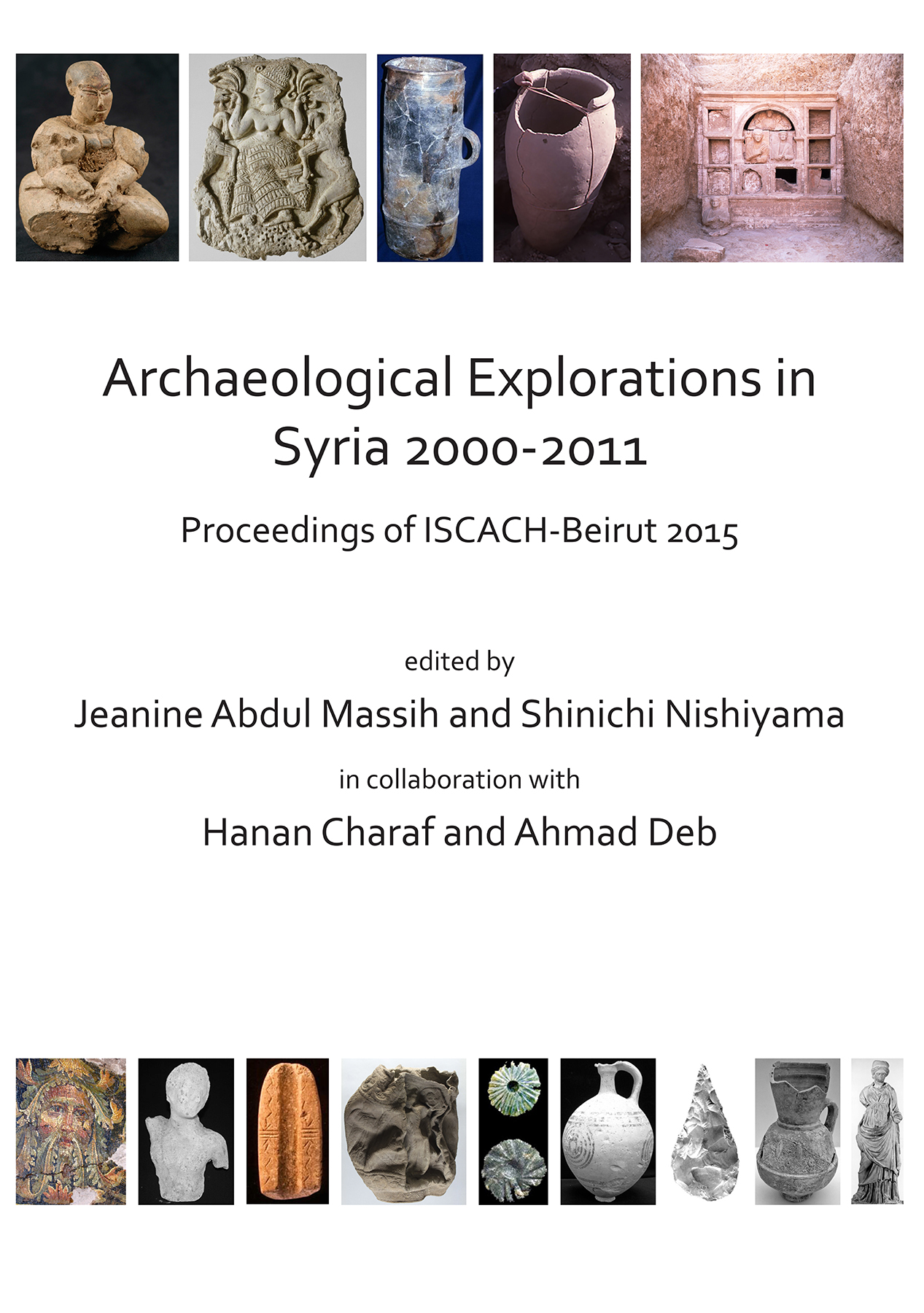
AL-SHARK - University of Tsukuba: Studies for West Asian Archaeology 4
Excavation Reports of Tell el-Kerkh, Northwestern Syria 1
The Neolithic Lithic Industry at Tell Ain El-Kerkh
Paperback
£60.00
Includes PDF
PDF eBook
(personal use)
£16.00
PDF eBook
(institutional use)
£60.00
This book presents the first attempt to unveil the Neolithisation process in northwest Syria, with the techno-typological studies of the flintstone implements from Tell Ain el-Kerkh in the Rouj basin in Idlib, an important large Neolithic site occupied from the from the 9th to the 7th millennium BC.
Contents
List of Figures, Tables and Plates ;
Acknowledgements ;
Introduction ;
1. The research subject ;
2. Organisation of the research ;
3. Illustrations ;
Chapter I: The research framework ;
1. Neolithisation of the northern Levant ;
2. Neolithisation of north-western Syria ;
Chapter II: Methodology ;
1. The subject of analysis ;
2. Methodological framework: Reconstitution of the operational sequence in lithic production ;
3. Analytical method ;
Chapter III: The lithic industries of the Pre-Pottery and the Pottery Neolithic at Tell Ain el-Kerkh ;
1. The collections ;
2. Raw material for the lithic industry at Tell Ain el-Kerkh and geological surveys for flint research ;
3. The lithic industry of the Rouj 1a period ;
4. Lithic industry of layer 6 ;
5. The lithic industry of the Rouj 1c period ;
6. The lithic industry from the Rouj 2a/2b period ;
7. The lithic industries of the later periods of the Pottery Neolithic ;
8. Discussion: Development of the lithic industries at Tell Ain el-Kerkh during the Neolithic ;
Chapter IV: Comparative analysis of lithic materials from other sites in Syria ;
1. Tell Riz ;
2. Qastun ;
3. Slenfe ;
4. Tell el-Kerkh 2 ;
5. Tell Ain Dara III ;
6. Dja’de el Mughara, sector SB ;
Chapter V: Comparative study of published data from other Neolithic sites in the northern Levant ;
1. Sites of the Early PPNB (the 9th millennium cal. BC) ;
2. Sites of the Middle PPNB (first half of the 8th millennium cal. BC) ;
3. Sites of the Late PPNB (second half of the 8th millennium cal. BC) ;
4. Sites of the Beginning of the Pottery Neolithic or Final PPNB (first half of the 7th millennium BC) ;
Chapter VI: General conclusion ;
1. Synthesis: Development of Neolithic lithic industries in the northern Levant ;
2. Reflections on the system of lithic production during the PPNB in the northern Levant in a socio-economic context ;
3. Emergence and diffusion of the PPNB culture ;
4. The end of the PPNB culture: Was the ‘PPNB collapse’ a general phenomenon? ;
Appendix: Plates ;
Bibliography

 Add to wishlist
Add to wishlist